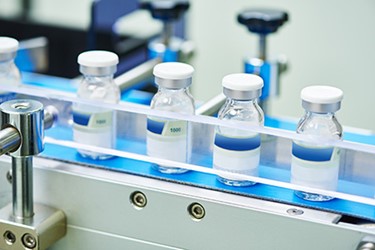Approach To Simplifying Aseptic Contract Manufacturing – Part 2: Documentation

In the first installment of this series, we discussed the overall approach of using robotic, isolator-based filling technology to streamline the manufacturing of aseptic drug products. We focused on the advantages of a fully integrated filler/isolator system with built-in decontamination technology, such as the Vanrx SA25 Aseptic Filling Workcell used by Singota, and explored the ways this technology simplifies aseptic fill/finish operations.
In this article, we will focus on the impacts of the SA25’s operating principles, which combine to radically reduce and simplify manufacturing documentation.
As we all know, the documentation requirements for cGMP manufacturing are extensive. Regulatory guidelines require detailed records of every aspect of the manufacturing process. Preparing a complete and accurate set of batch documentation can, in some ways, be as challenging as the actual act of manufacturing a batch of finished, sterile drug product. Traditionally, much of this documentation has taken the form of paper records that are filled out by hand by operators, laboratory technicians, and others in a manufacturing organization. Despite advances in automation and digital technology, the pharma industry has continued to rely heavily on legacy paper-based systems lagging behind high tech industries that have embraced more modern, automated manufacturing techniques and associated record keeping.
Get unlimited access to:
Enter your credentials below to log in. Not yet a member of Drug Discovery Online? Subscribe today.
